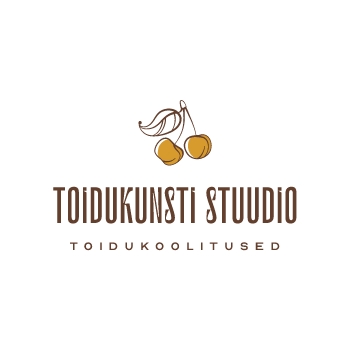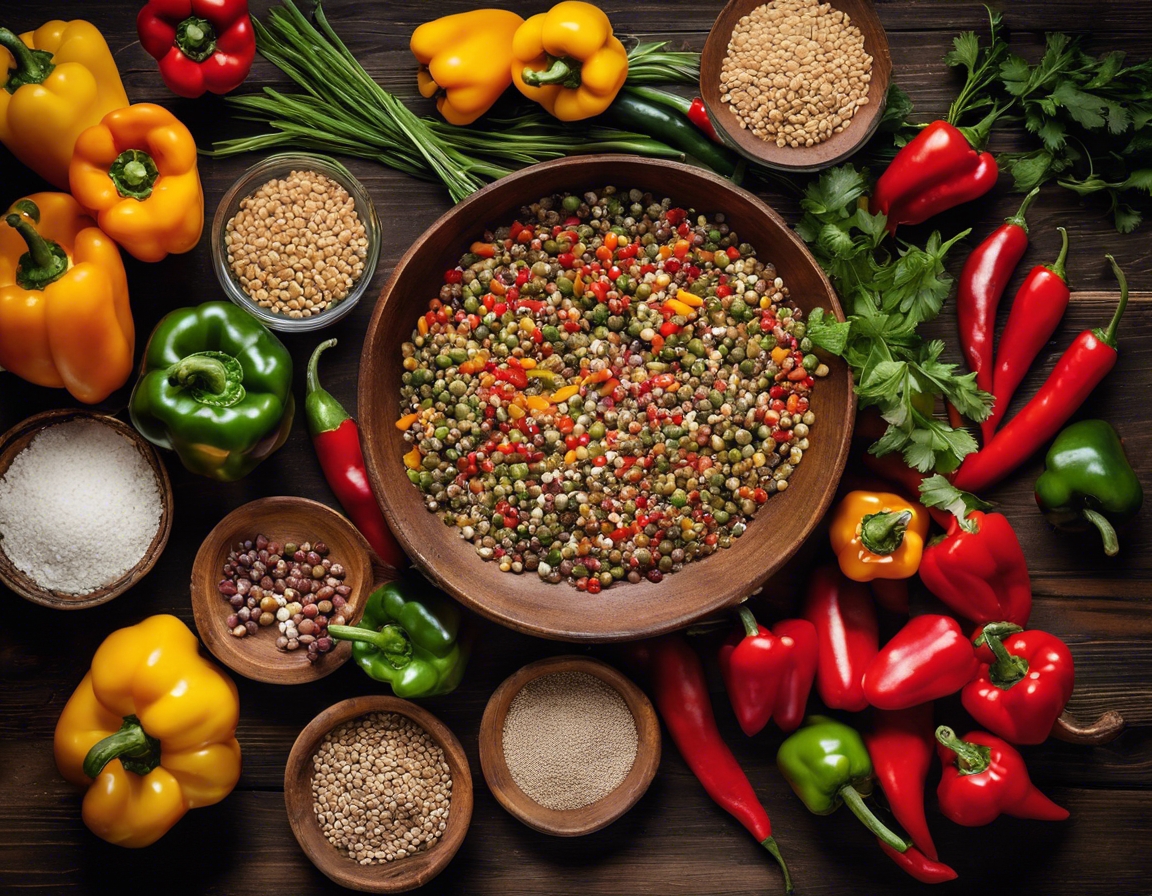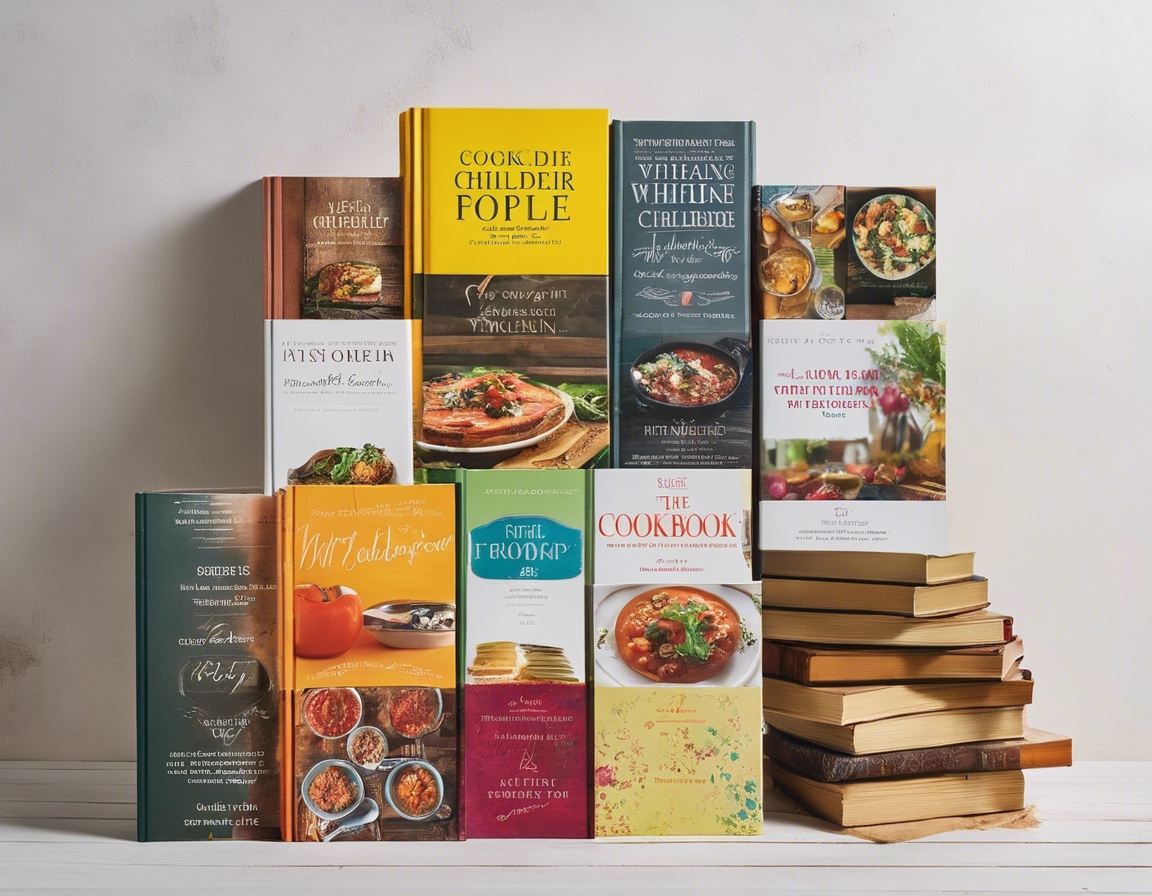The ultimate guide to european baking techniques
European baking boasts a rich tapestry woven with tradition, precision, and innovation. From the flaky layers of French croissants to the hearty crusts of German rye bread, the continent's baking techniques are as diverse as its cultures. Understanding the history and influence of European baking is essential for any culinary enthusiast looking to master these time-honored practices.
Before diving into complex techniques, it's crucial to grasp the foundational elements of European baking. This includes the importance of measuring ingredients accurately, understanding the role of gluten development, and mastering temperature control during baking.
Key European Baking Techniques
French baking is synonymous with elegance and precision. Key techniques include laminating dough for pastries like croissants and pain au chocolat, perfecting the art of the macaron, and creating sumptuous tarts and quiches.
Italian bread making is characterized by its use of simple ingredients to create a wide array of breads. Techniques such as biga and poolish starters, shaping ciabatta, and achieving the perfect crust on a focaccia are hallmarks of Italian baking.
Germany's Konditorei, or confectionery shops, are famous for their precision and variety. Techniques include crafting delicate tortes, strudels, and the iconic Black Forest cake, each requiring a unique set of skills.
Scandinavian baking is known for its use of whole grains and spices. Techniques involve creating crispbreads, sweet and savory pastries, and the art of fermentation in rye breads.
Eastern European baking is rich with hearty, comforting breads and sweet treats. Techniques cover the making of pierogi, sourdough ryes, and sweet, filled pastries like strudels and babkas.
Essential Baking Ingredients and Tools
Flour is the cornerstone of baking, and European baking utilizes a variety of types. Understanding the differences between strong bread flour, soft pastry flour, and others is crucial for achieving the desired texture in baked goods.
Yeast and other leaveners are the lifeblood of many European breads. Exploring the differences between fresh yeast, dry yeast, and chemical leaveners can impact the rise and flavor of your bakes.
Having the right tools can make all the difference in baking. From rolling pins to proofing baskets, each tool plays a specific role in the creation of European pastries and breads.
Advanced European Baking Techniques
Artisan bread making is a culmination of many European techniques, focusing on hand-crafted, high-quality breads with a focus on traditional methods and natural ingredients.
Decorative pâtisserie takes the basics of French baking to an artistic level, with techniques for creating intricate designs on pastries and cakes.
Working with chocolate and making confections are advanced skills that require precision and creativity, often seen in Belgian and Swiss chocolate-making traditions.
Preserving Tradition While Innovating
While respecting traditional recipes, many European bakers are innovating by adding modern twists, whether through flavor combinations or presentation styles.
European baking is also about embracing local and seasonal ingredients, which can bring new life to classic recipes and support sustainable practices.






Comments (0)